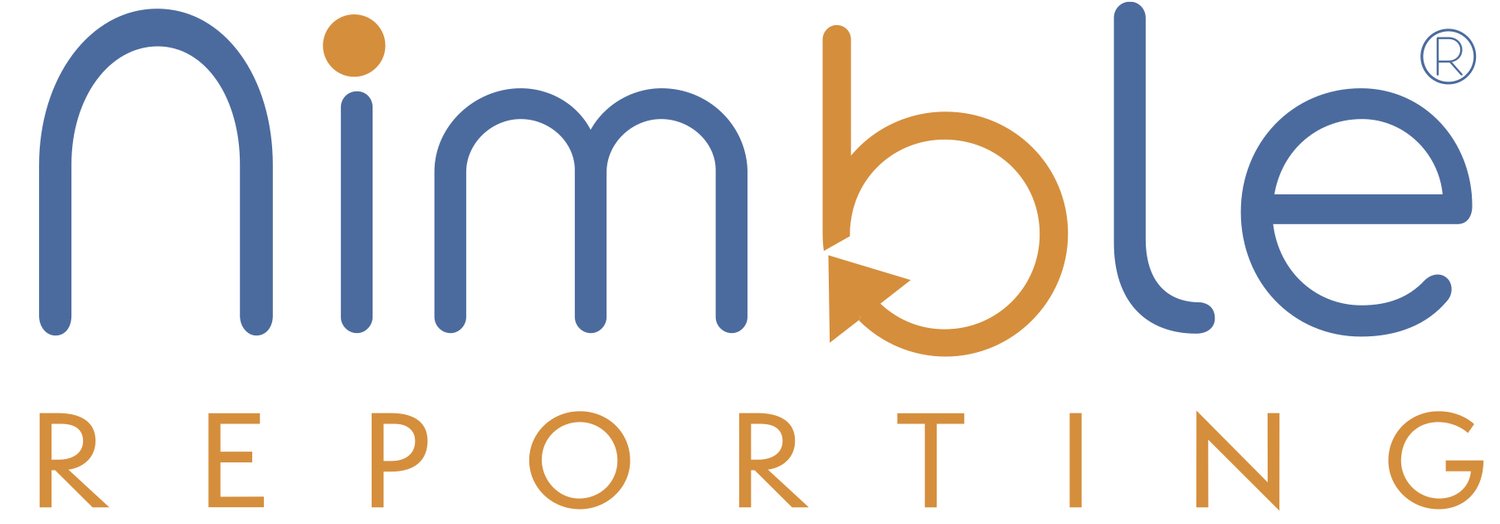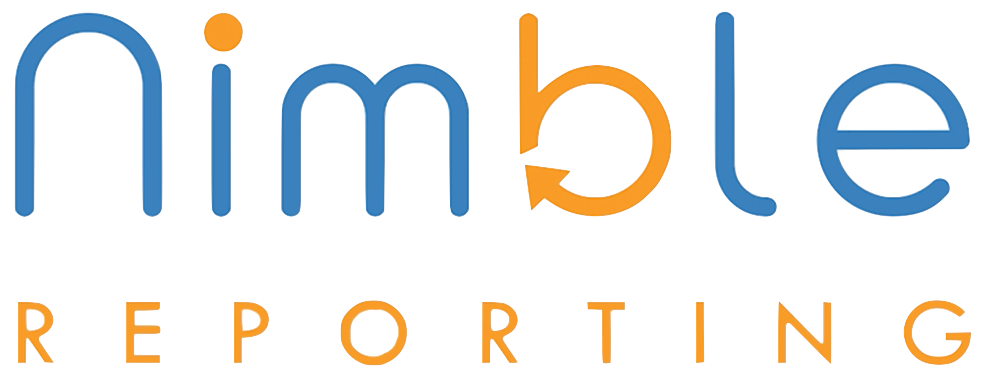3 Strategic Insights Hidden In Your Payroll System Data
Dig deep… there are treasure troves of information wherever you turn these days. All you have to do is look. Take payroll systems for example, deep in the data are insights that can be instrumental in the success of an organization. Operational efficiencies, trends, competitive aspects… it’s all in there, and more. Here are three big kahunas when it comes to deriving intelligence from the assets you already have.
Modern companies pride themselves on being data-driven. They often gather mountains of data and analyze everything from customer demand to competitor unit sales. However, most companies neglect a critical data source when seeking insights: payroll.
Indeed, payroll data shines a light on the most significant expense a company incurs. If you’re using a digital payroll system to manage audit trails, issue payslips and to send wages to your employees, then you’re likely sitting on a trove of information that has the potential to yield major strategic insights.
Here are three valuable business insights you can derive from a deep payroll data analysis.
Cost Efficiency
Companies list payroll as an expense on their financial statements, but in reality, it represents the amount they have invested in their most valuable resource. People are a company’s biggest asset, and ensuring you’re receiving a good ROI on your payroll is critical to long-term competitiveness.
The first step in such an analysis is looking at the percentage of costs payroll accounts for. Compare this cost against employee output in dollar terms, and you’ll get an idea of the ROI your workforce is giving you. Note that profit center departments like sales will automatically show positive ROI.
This doesn’t mean you minimize cost centers like finance, marketing, and IT. You can allocate the payroll costs of those departments to the customer-oriented processes they support and get a picture of efficiency. Payroll data analysis is also critical when choosing between a hiring freeze or reducing your workforce.
Instead of defaulting to reducing headcount in cost centers, look at benchmark metrics like revenue per employee in your sector and compare them to your numbers. Alternatively, you can look at your payroll-to-revenue ratio and figure out if your workforce is in concert with your company’s overall growth trajectory.
Often, payroll errors are a huge drain on resources. They cost a lot to fix and soak up valuable employee hours. Quantify those costs and compare them to the savings an automated solution will give you. In most cases, a centralized electronic solution will save you money, helping you maintain a lean workforce that scales efficiently as your organization grows.
Compensation Strategy
When expanding, hiring the right talent is critical to ensuring success. However, top talent tends to have several options, and attracting them with the right compensation strategy is critical. Compensation is a balance between ensuring your company receives a good return on its investment in an employee and meeting the employee’s needs.
For example, grant too much equity to a potential employee, and you’ll set a precedent for future hires who may not give you similar value. Payroll data helps you figure out the right mix of equity, cash, and even benefits when presenting choices to a potential employee. You can also play around with the proportions of each to tailor compensation to a particular employee.
Payroll data also helps you figure out your hiring plans based on your growth stage. For instance, early-stage companies with VC money need to hire aggressively to meet their goals. But what roles should they hire and in what quantities? How long will ramp-up times take, and when will those resources begin generating revenue?
By analyzing payroll data and combining it with other sources, such as revenue and pipeline data, you can create accurate projections. For example, sales capacity plans incorporate payroll data and combine it with ramp-up times, pipeline statuses, and revenue data to create growth projections for the company board.
Larger companies tend to focus on expansion, and this brings unique challenges. Expansion usually happens internationally, and tailoring compensation packages while ensuring compliance is challenging. A good payroll system helps you figure out the infrastructural and bureaucratic hurdles in an expansion, giving you a quick estimate of its viability. For example, talent might be too expensive to hire in a prospective location.
Given this information, you could devise alternative work arrangements, such as remote contract positions, or scrap the expansion in favor of another location. Payroll data helps you figure out the ideal work model and presents the most efficient choice in your workforce at all times.
Measure Compliance Risk
Payroll data analysis assists growth. However, it also protects your business from costly fines and government penalties. Modern companies are global, and payroll regulations vary greatly between jurisdictions.
While hiring employees remotely is easy, complying with foreign payroll requirements is challenging. Often, these regulations are opaque, creating the potential for hefty fines.
A good payroll platform simplifies compliance and also reveals other gaps in your workforce. For instance, are you inadvertently creating gender or ethnic pay gaps? Some of these might not be regulated, but they create a negative impression of your company and make it tough to attract top talent.
You also need payroll data to prove you’re following employment laws. Every firm stands the risk of being audited by the authorities, and preserving detailed logs is critical. Payroll data analytics can also help you figure out if you qualify for government wage subsidies, a significant source of assistance.
Often Overlooked, but Critical
Payroll data is often overlooked in favor of customer-focused analytics. However, it is a significant source of business growth and efficiency. The key to leveraging payroll data is to centralize data sources from your HR and payroll systems and analyze it based on your business goals.


